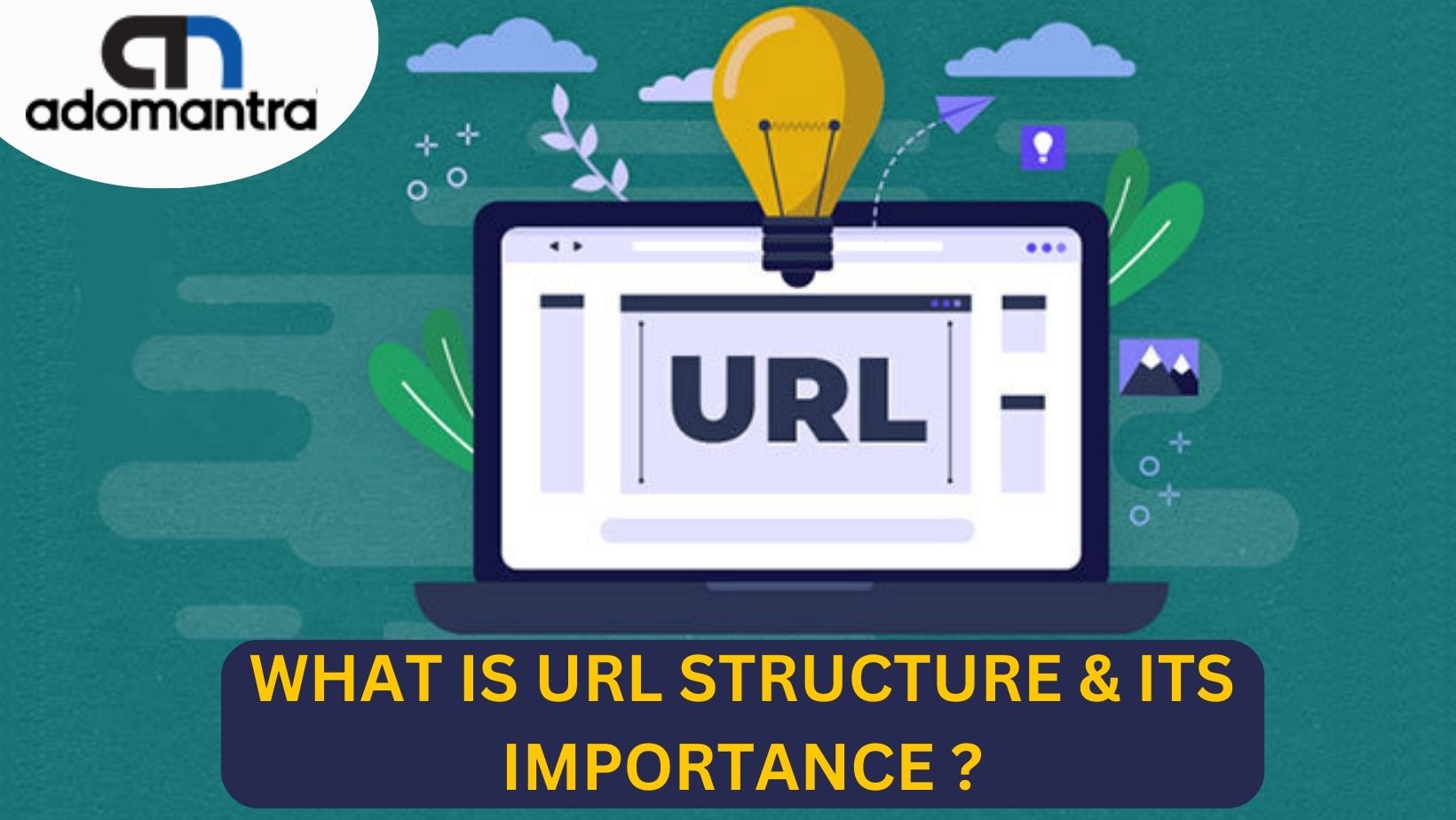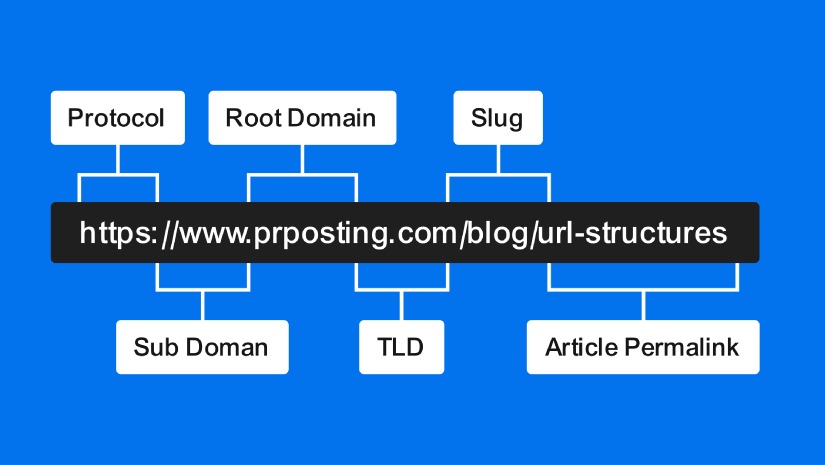
What is Url Structure & Its Importance ?
Introduction
In the digital age, URLs (Uniform Resource Locators) play a crucial role in determining the success of a website. A URL is a web address that helps users and search engines identify the location of a particular page on the internet. However, the significance of URL structure goes beyond its basic function. In this blog, we will delve into what URL structure is, its importance in SEO, and explore other reasons why a well-optimized URL structure is essential for online success.
What is a URL and its Structure?
A URL is a string of characters that specifies the address of a resource on the internet. It serves as a unique identifier for web pages, images, videos, or any other content accessible online. The basic components of a URL include:
- Protocol: The protocol (usually "http" or "https") specifies the method used to access the resource.
- Domain Name: The domain name identifies the website where the resource is hosted.
- Path: The path indicates the specific location of the resource on the web server.
- Parameters: Additional parameters may be included to provide instructions or data to the server.
Importance of URL Structure in SEO: URL structure is a critical element in search engine optimization (SEO) for several reasons:
-
User Experience: A well-structured URL is easy to read and understand for both users and search engines. It provides valuable information about the content of the page and helps users decide whether to click on the link.
-
Keywords and Relevance: Including relevant keywords in the URL can significantly impact the page's SEO. Search engines use URLs as a ranking factor, and having keywords in the URL can improve the page's visibility in search results.
-
Crawlability and Indexation: Search engine bots crawl websites to index their content. A clean and organized URL structure helps search engine bots navigate through the site efficiently, ensuring that all relevant pages get indexed.
-
Click-Through Rate (CTR): A well-optimized URL can enhance the click-through rate of your links in search results. Users are more likely to click on URLs that are descriptive and trustworthy.
-
Shareability and Link Building: URLs that are concise, descriptive, and aesthetically pleasing are more likely to be shared by users and other websites, which can lead to valuable backlinks.
Other Reasons for the Importance of URL Structure in SEO:
-
Consistency and Site Architecture: A consistent URL structure throughout the website improves overall site architecture. This coherence helps both users and search engines find content more easily.
-
Reducing Duplicate Content: A well-structured URL can prevent duplicate content issues, as it ensures that each page has a unique address.
-
Mobile Friendliness: A concise URL is beneficial for mobile users, as it displays better and is easier to share.
-
Social Media Sharing: When URLs are shared on social media platforms, a clean and attractive URL structure can increase engagement and click-throughs.
Best Practices for URL Structure:

Now that we understand the importance of URL structure, let's explore some best practices to create SEO-friendly and user-friendly URLs:
-
Keep it Short and Descriptive: Aim for concise URLs that accurately describe the content of the page. Avoid lengthy, convoluted URLs with unnecessary parameters and irrelevant characters. Short URLs are not only more visually appealing but also easier to share and remember.
-
Use Keywords: Incorporate relevant keywords in the URL, especially the ones that best represent the content of the page. However, avoid keyword stuffing or using too many keywords, as it can negatively impact your SEO efforts.
-
Hyphens over Underscores: Use hyphens (-) to separate words in the URL instead of underscores (_). Hyphens are more search engine-friendly and are recognized as word separators, whereas underscores can sometimes be treated as part of a single word.
-
Avoid Dynamic Parameters: Dynamic parameters like question marks (?) and session IDs in the URL can create confusion for search engines and users alike. Opt for static URLs that have a clear path and avoid unnecessary parameters.
-
Canonical URLs: Implement canonical URLs to specify the preferred version of a page if there are multiple URLs pointing to the same content. This helps avoid duplicate content issues and consolidates link equity.
-
Maintain Consistency: Stick to a consistent URL structure throughout your website. Consistency not only improves user experience but also helps search engines understand the organization of your site.
-
Use Lowercase Characters: Uniformly use lowercase characters in your URLs to avoid case-sensitivity issues. URLs are case-sensitive on most web servers, and using lowercase ensures consistency.
-
Avoid Stop Words: Stop words are common words like "a," "the," "and," "in," etc., that add little value to the URL. Exclude stop words to create cleaner URLs without sacrificing clarity.
-
Secure HTTPS: Use the secure HTTPS protocol for your URLs. HTTPS is not only a ranking factor for search engines but also essential for user trust and security.
-
Implement 301 Redirects: If you need to change a URL, set up 301 redirects to ensure a seamless transition for users and search engines. This helps preserve the SEO value of the old URL and prevents broken links.
Conclusion:
The URL structure is more than just a web address; it plays a vital role in determining the success of your website in search engine rankings and user experience. By creating SEO-friendly and user-friendly URLs, you enhance your website's visibility, improve click-through rates, and encourage better engagement.
Remember to keep your URLs short, descriptive, and consistent while incorporating relevant keywords. Utilize hyphens to separate words and avoid dynamic parameters when possible. By following best practices and staying up-to-date with SEO trends, you can ensure that your URL structure contributes positively to your overall SEO strategy and leads to online success for your website.







